Did you know that nearly 72.5% of dogs exhibit some form of anxiety-related behavior? Whether it’s a thunderstorm, being left alone, or an unfamiliar environment, many dogs experience stress just like humans do.
But while all dogs can feel anxious at times, some breeds are genetically wired to be more prone to severe anxiety. If your pup follows you from room to room, shivers at loud noises, or gets destructive when left alone, their anxiety may be more than just a passing phase—it could be a built-in trait.
Understanding these high-anxiety breeds is crucial for any pet parent looking to provide the best care and support. Certain dog Breeds like the Border Collie, German Shepherd, and Labrador Retriever are known for their loyalty and intelligence, but their deep emotional connections can also make them more vulnerable to stress.
If you’re considering adopting an anxious breed or just want to help your furry friend feel more at ease, learning about their unique needs is the first step toward a calmer, happier life. Now, let’s dive into the breeds that feel life’s worries just a little more than others!
High Anxiety Dog Breeds
1. Border Collie
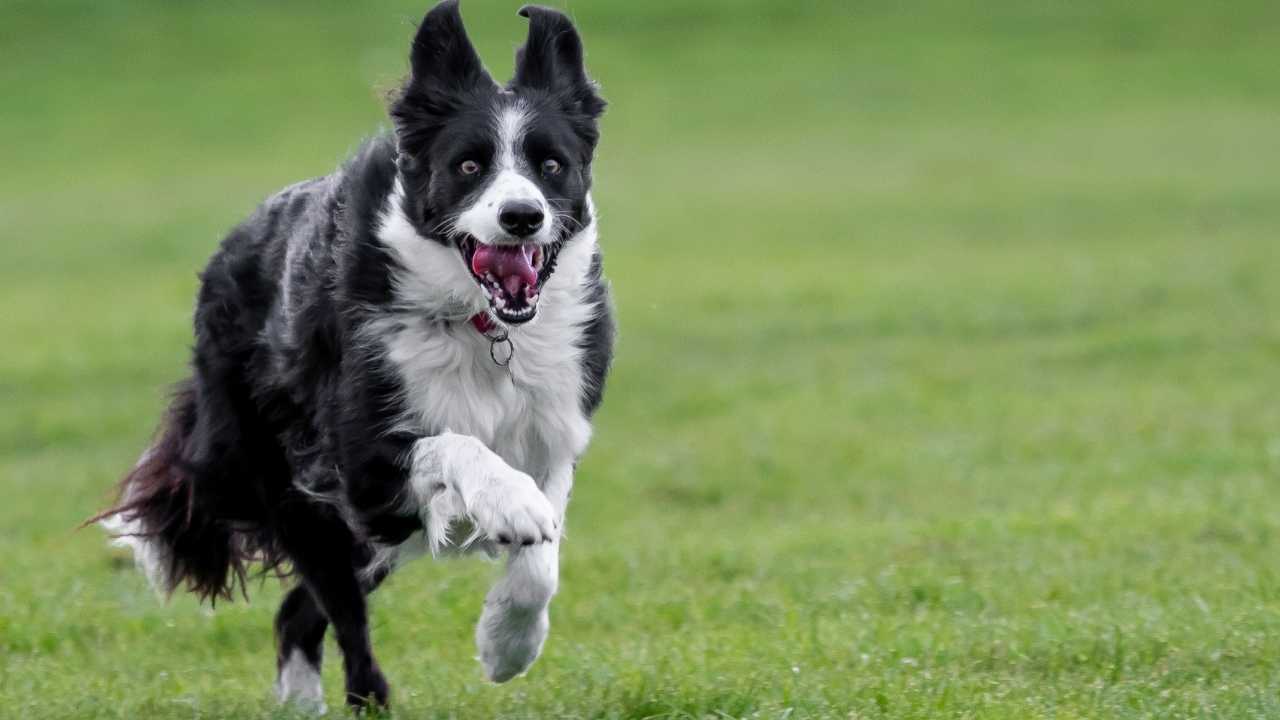
Border Collies are widely recognized as one of the most intelligent dog breeds, but their sharp minds come with a downside—they are highly prone to canine anxiety. Originally bred to herd livestock, they possess a high energy drive and an instinctual need for mental stimulation. Without adequate mental and physical stimulation, they can develop destructive behaviors, such as obsessive pacing, chewing, and barking.
Their deep bond with their family members also makes them vulnerable to separation anxiety. If left alone for too long, they may exhibit anxious behaviors like restlessness, whining, or even severe separation anxiety. WebMD claims that their acute sensitivity to loud noises, unfamiliar environments, and sudden changes can further exacerbate anxiety in the breed.
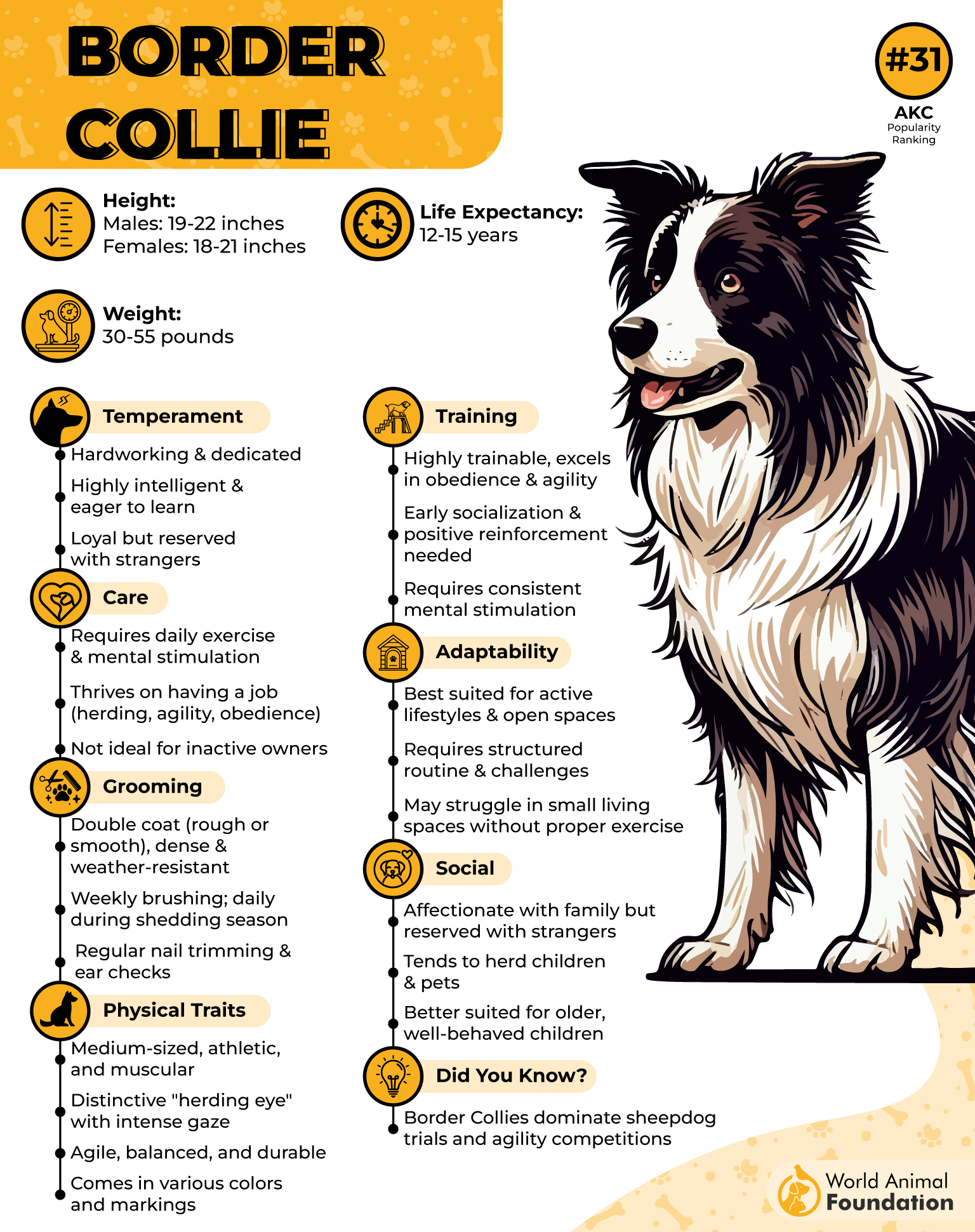
Due to their working-dog nature, Border Collies thrive in homes that can provide constant engagement, whether through agility training, herding activities, or interactive play. They need physical exercise and human interaction to prevent anxiety-driven behaviors. Without proper outlets for their energy, their anxiety can intensify, leading to stress and frustration.
Despite their challenges, Border Collies make loyal and affectionate companions when their needs are met. They form deep bonds with their owners and excel as service dogs due to their intelligence and trainability. For pet owners who can match their energy, they can be a wonderful furry friend, but they are not a breed for passive households.
If you’re considering adopting a Border Collie, be prepared for a highly intelligent, energetic dog that thrives on constant activity. Early socialization and structured training are key to managing their anxious tendencies and helping them lead balanced, happy lives.
2. German Shepherd
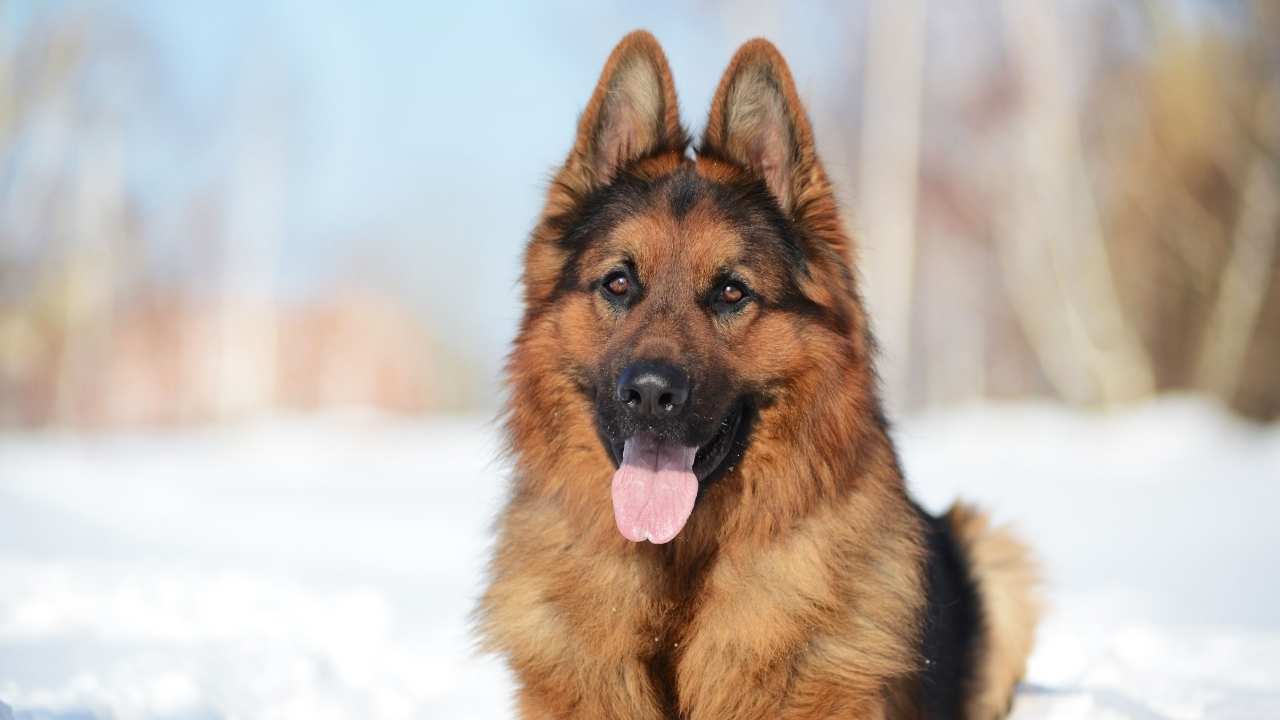
German Shepherds are renowned for their intelligence, loyalty, and protective nature, but these same qualities make them one of the most anxious breeds. According to Petplan, their strong attachment to their owners makes them highly prone to separation anxiety, often resulting in destructive behaviors like chewing, pacing, and vocalizing when left alone.
As one of the most versatile working breeds, German Shepherds were historically used as military, police, and watch dogs. This deep-rooted protective instinct can sometimes lead to fear-based anxiety, especially when exposed to unfamiliar people or environments without proper early socialization. They can also develop canine aggression if they feel their human family is under threat.
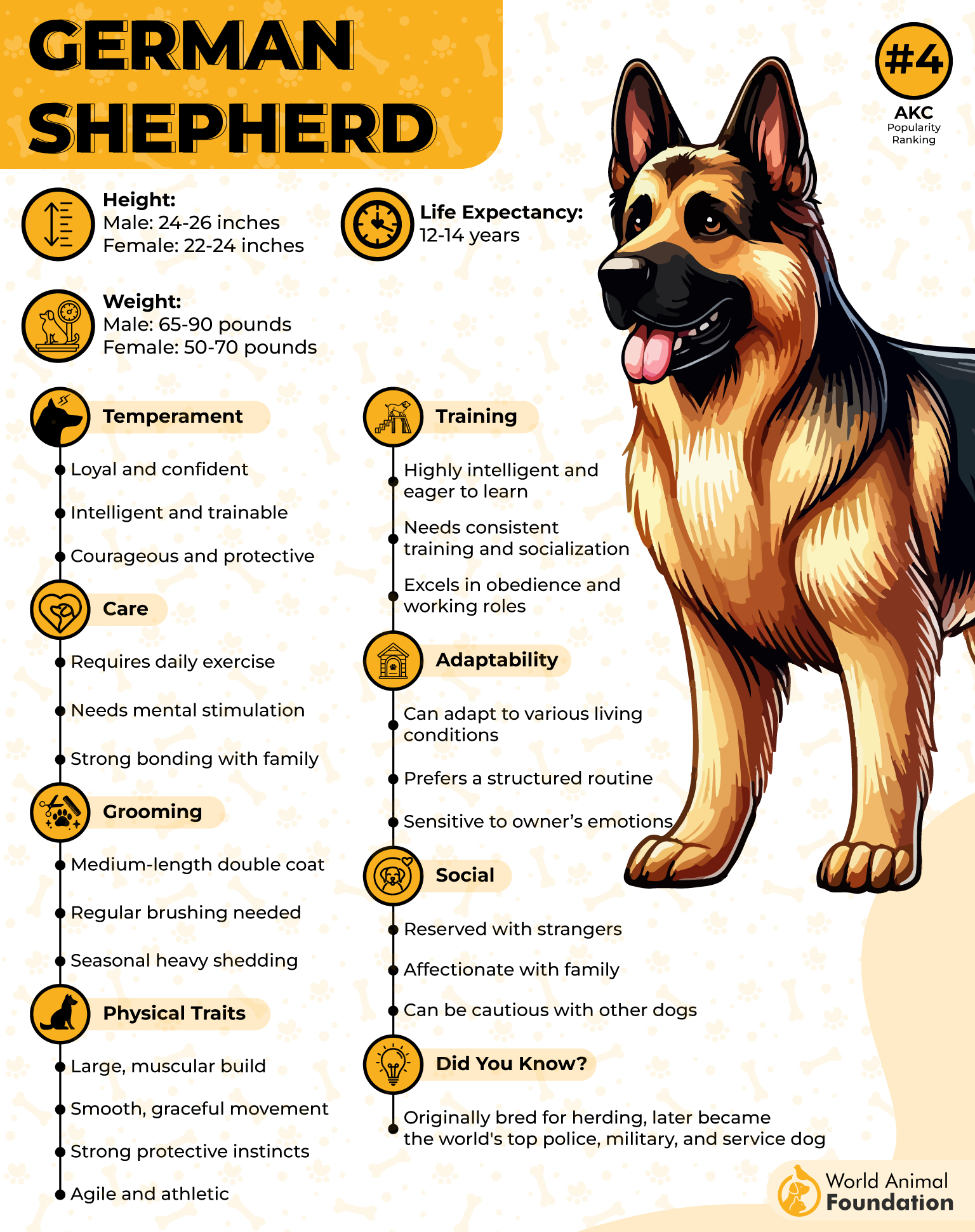
German Shepherds are incredibly intelligent and smart dogs that require mental and physical stimulation to stay balanced. If they don’t receive adequate socialization from a young age, they can develop anxiety disorders, leading to excessive barking or nervous behaviors around other dogs and strangers. Their acute sensitivity means they need structured training to build confidence and minimize anxiety.
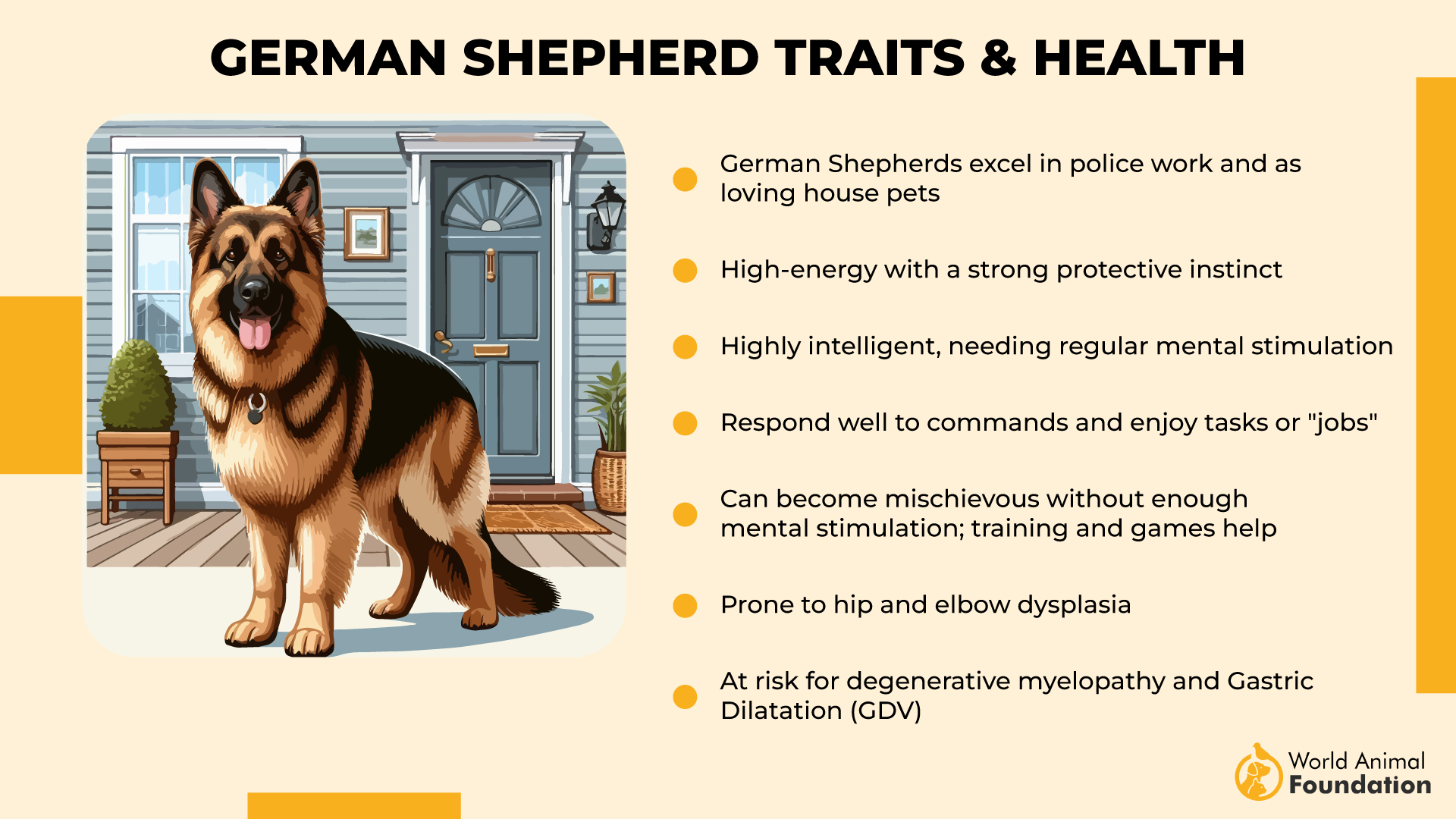
Additionally, health issues such as hip dysplasia—a common concern in the breed—can lead to chronic pain, which may exacerbate anxiety. Pet owners should monitor their German Shepherds’ health closely, as discomfort can heighten anxious responses and make training more challenging.
Despite their high anxiety levels, these dogs remain one of the most affectionate companion dogs when given the proper training and mental stimulation. They form deep bonds with their families and excel in roles that require focus and discipline. With consistent leadership, a stable environment, and physical exercise, these dogs can thrive and become loyal, well-adjusted members of the household.
3. Australian Shepherd

The Australian Shepherd is a high-energy breed that thrives on constant activity. Originally bred for herding livestock, these smart dogs require mental and physical stimulation to prevent boredom and anxiety-driven behaviors. Without a structured routine, Aussies can develop destructive chewing, digging, and too much barking due to pent-up energy.
Aussies form deep bonds with their family, making them prone to separation anxiety. If left alone for long periods, they may become restless and exhibit signs of anxious behaviors like pacing or whining. Their acute sensitivity to their surroundings means that loud noises and sudden changes can be common anxiety triggers for the breed.
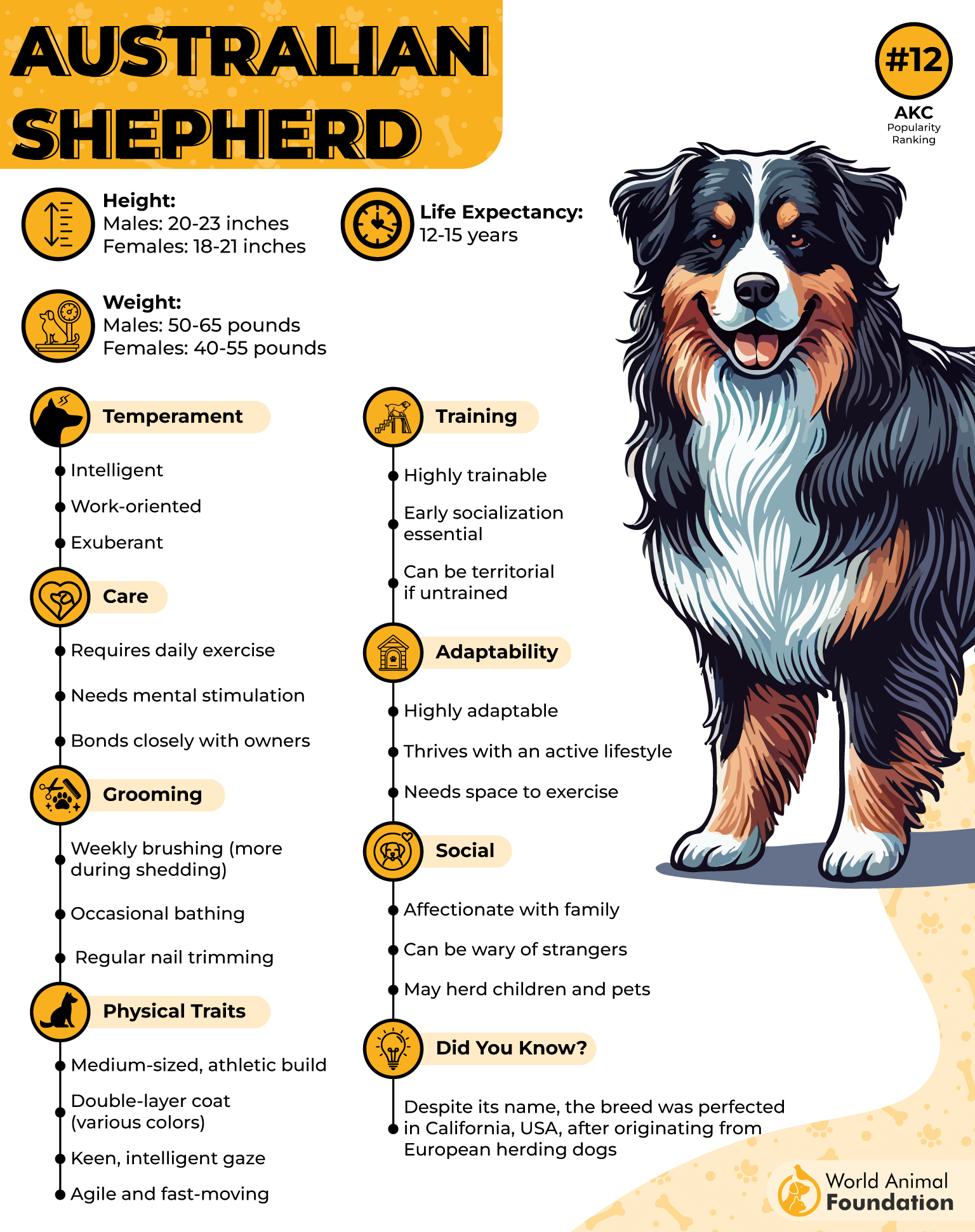
This breed thrives on advanced training, agility courses, and interactive play. Since they were bred for herding, their instincts may cause them to chase other dogs, children, or even cars, which can be risky if not properly managed. Aussies also tend to be escape artists, so a secure yard is necessary.
Their high intelligence makes them quick learners, but it also means they can become anxious if under-stimulated. Providing physical exercise and mentally engaging activities, such as puzzle toys and obedience training, can help lessen anxiety and prevent anxiety-driven behaviors.
For pet owners who enjoy an active lifestyle, the Australian Shepherd can be a loyal, loving companion. However, they need a committed household that can meet their constant need for movement and mental stimulation. Without proper care, an Aussie’s anxiety in dogs can become overwhelming.
4. Jack Russell Terrier
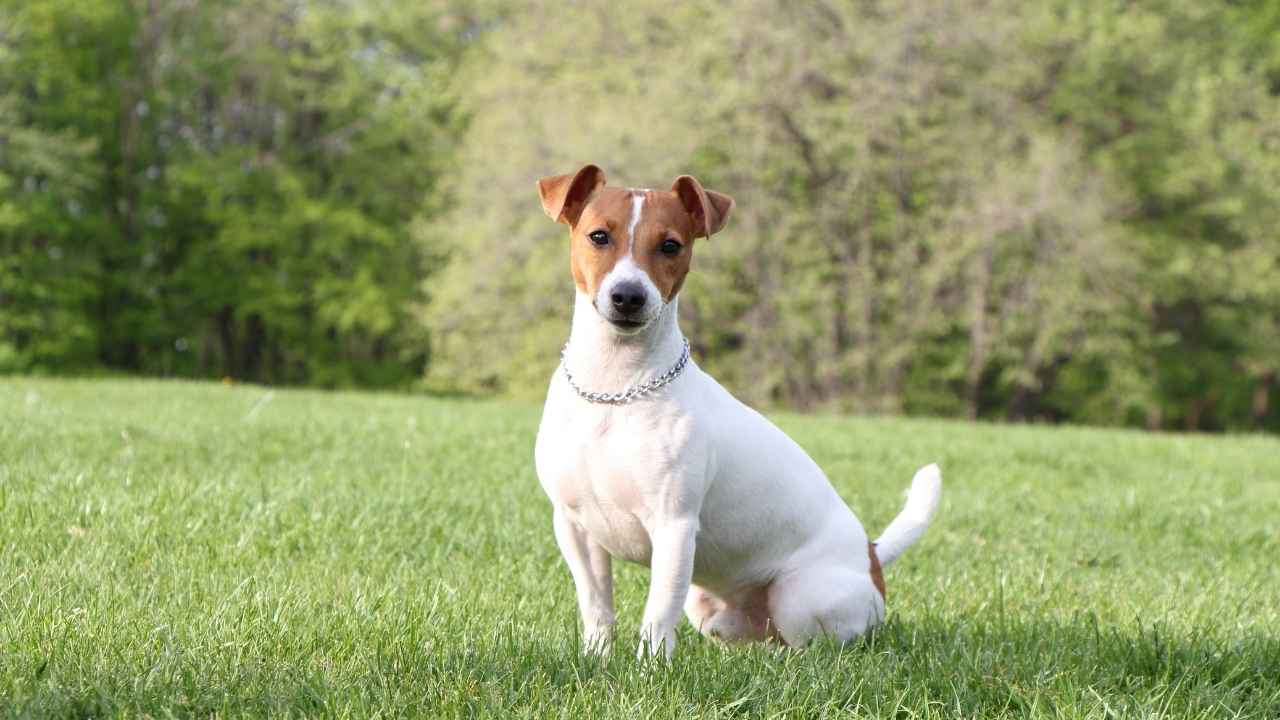
The Jack Russell Terrier is a small dog with a big personality—and an equally high level of canine anxiety. These smart dogs were originally bred for hunting, which gives them an energetic and sometimes stubborn temperament. If they don’t get enough mental and physical stimulation, they can develop destructive behaviors like digging, chewing, and barking.
Jack Russells form deep bonds with their owners, but this attachment can sometimes lead to severe separation anxiety. When left alone for long periods, they may become restless, vocal, or even destructive. Their strong prey drive means that encounters with unfamiliar dogs or small animals can trigger anxiety responses.
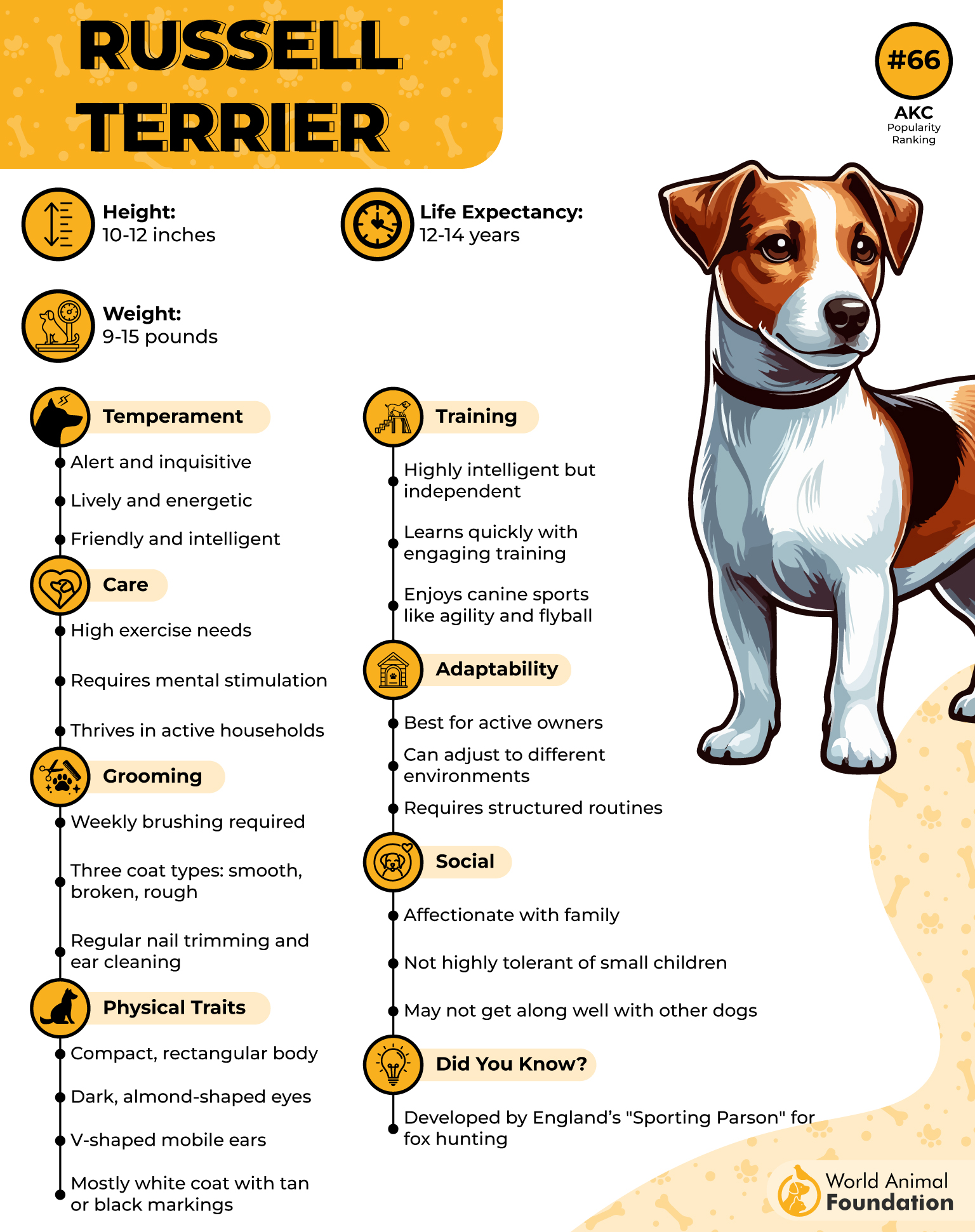
Despite their small size, Jack Russells require physical exercise to stay balanced. Activities like agility training, fetch, and nose work are excellent ways to keep their minds engaged and prevent anxiety-driven behaviors. Without enough stimulation, their pent-up energy can lead to nervous behaviors or exacerbate anxiety.
Jack Russells are known for their intelligent problem-solving skills, which can sometimes make training challenging. Positive reinforcement and interactive training methods work best. However, their strong-willed nature means they require consistent leadership and early socialization to reduce the risk of anxious behaviors.
For pet owners who enjoy an active and adventurous lifestyle, the Jack Russell Terrier can be a fun and devoted companion. However, they are one of the most anxious dogs if not given the proper outlets for their energy, making them a breed that requires a dedicated training and exercise routine.
5. Chihuahua
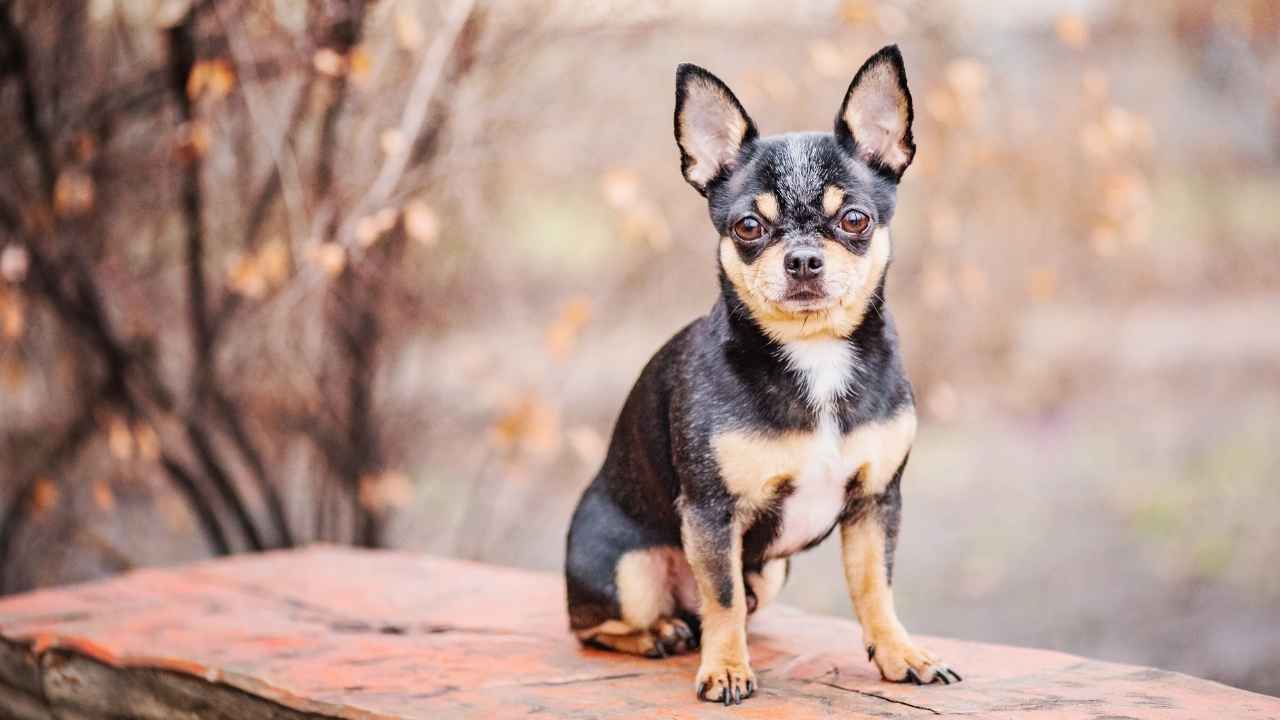
Chihuahuas may be tiny in size, but their personalities—and anxiety levels—are anything but small. Known for their feisty and independent nature, these dogs are highly prone to anxiety, particularly separation anxiety as per PetMD. Their deep attachment to their owners makes them anxious when left alone, often leading to excessive barking, pacing, and other anxiety-driven behaviors.
Despite their small stature, Chihuahuas have big dog energy and can be surprisingly vocal and reactive. They are often easily provoked and quick to display fear-based anxiety when faced with unfamiliar dogs or strangers. Without adequate socialization, they can become snappy or overly protective, adding to their high anxiety levels.
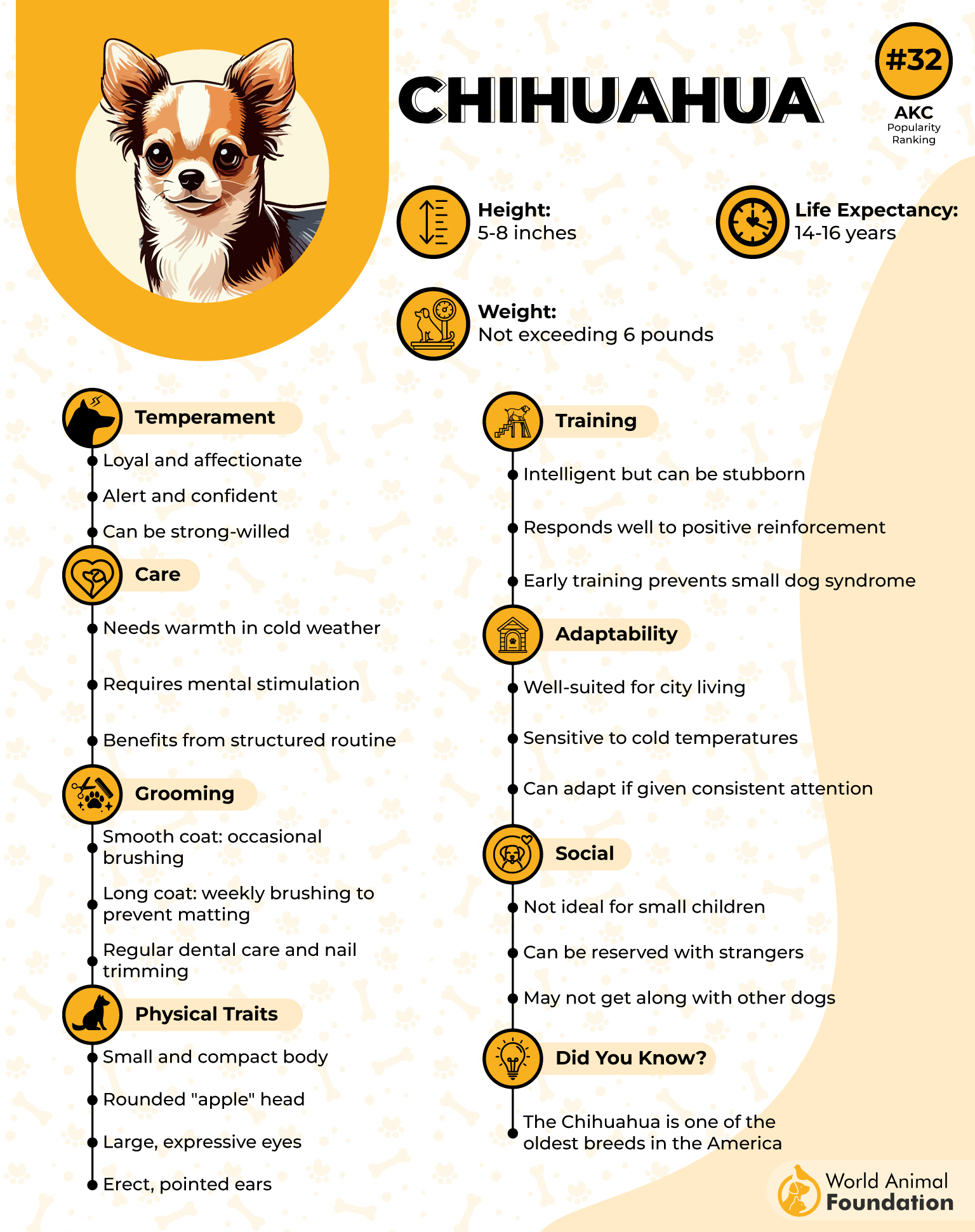
A lack of mental stimulation and exercise can also worsen anxiety in Chihuahuas. Many pet owners assume their small size means they don’t need much activity, but Chihuahuas thrive on playtime, training, and short walks. Without proper stimulation, they may exhibit destructive behaviors like chewing or digging.
Because of their acute sensitivity, Chihuahuas can be easily startled by loud noises, new environments, and sudden movements. These triggers can lead to anxiety responses such as trembling, hiding, or excessive barking. Their nervous nature means they do best in calm, stable households where they feel secure.
For pet owners looking for a loyal and affectionate companion, Chihuahuas can make wonderful furry friends—but they require early socialization and training to prevent their anxious behaviors from taking over. With proper care, they can be confident, happy companions that bring plenty of personality to any home
6. Vizsla

Often called “Velcro dogs”, Vizslas are known for their deep bonds with their owners, making them one of the most anxious dog breeds. Originally bred as hunting dogs, these athletic companions have high energy levels and a strong need for human interaction. When left alone for too long, they are prone to severe separation anxiety, which can lead to destructive behaviors like chewing and barking.
Vizslas are highly intelligent dogs that require constant mental stimulation. Without proper outlets for their energy, they can develop anxiety disorders, which often manifest in restlessness, pacing, or destructive chewing. Their need for physical exercise is just as crucial—daily runs, long walks, or agility training help prevent anxiety-driven behaviors.
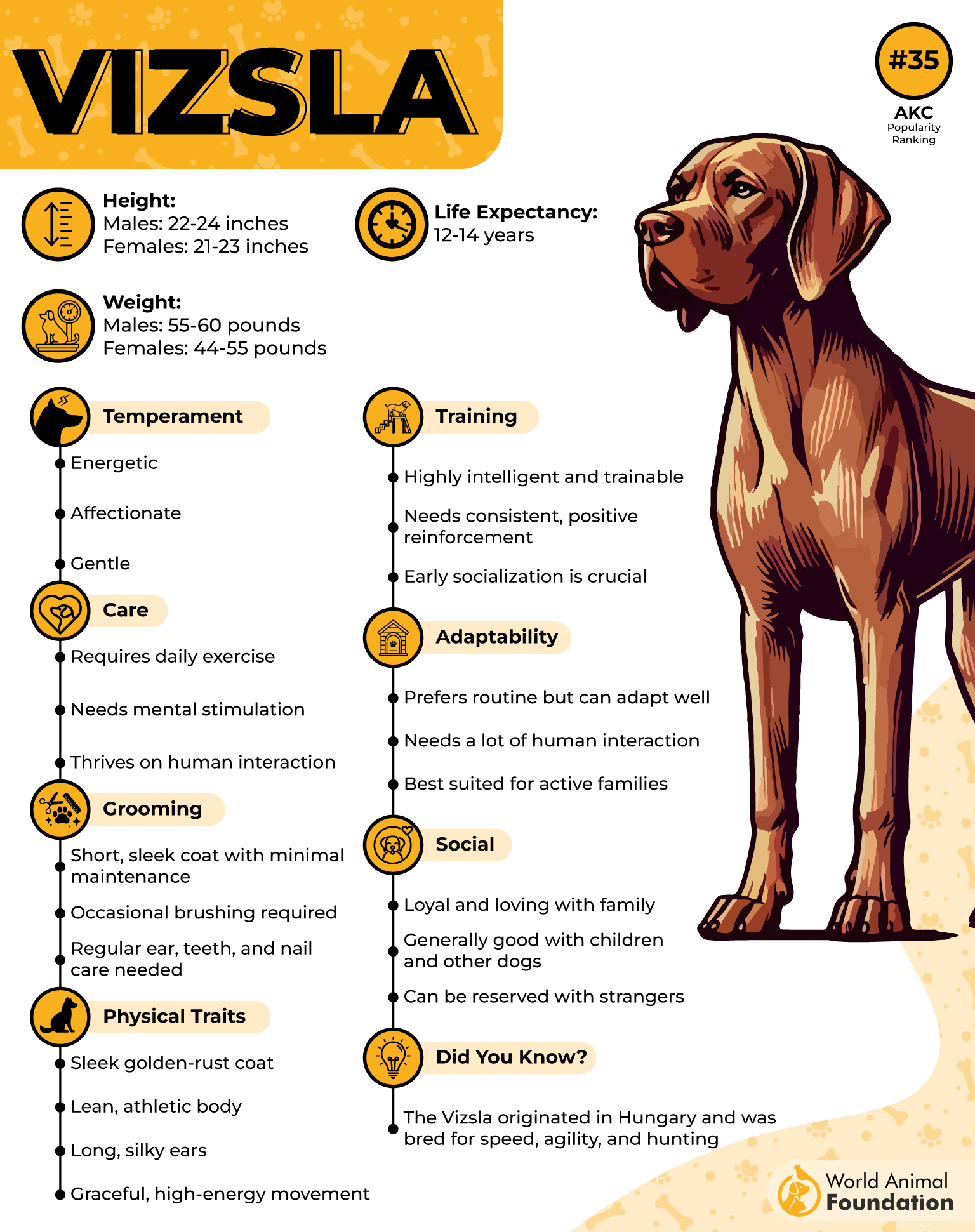
Unlike some other breeds, Vizslas are highly sensitive to changes in routine and can become stressed in unfamiliar environments. Their acute sensitivity to anxiety triggers, such as loud noises or being left alone, can lead to extraordinary barking or nervous behaviors. Because of their strong need for companionship, they thrive in households where someone is home most of the time.
Socialization from a young age is essential for Vizslas, as their protective instincts can sometimes lead to fear-based anxiety around unfamiliar dogs or strangers. Introducing them to different environments, people, and experiences early on can reduce anxiety and make them more adaptable.
For active pet owners who can match their energetic lifestyle, Vizslas make loving and devoted companions. However, they are not a breed that tolerates loneliness well, and without proper care, their high anxiety levels can make them difficult to manage. With plenty of exercise, mental stimulation, and companionship, they can thrive as affectionate, well-adjusted dogs
7. Cocker Spaniel

Cocker Spaniels are gentle and affectionate companion dogs, making them a favorite choice for families. However, their strong emotional attachment to their owners makes them highly prone to anxiety, especially separation anxiety. When left alone, they may exhibit anxious behaviors such as whining, pacing, and destructive chewing.
This breed is also sensitive to unfamiliar situations and can develop fear-based anxiety if not properly socialized from a young age. Their friendly and affectionate nature makes them thrive on human interaction, but without adequate socialization, they may become timid or fearful around other pets and strangers.
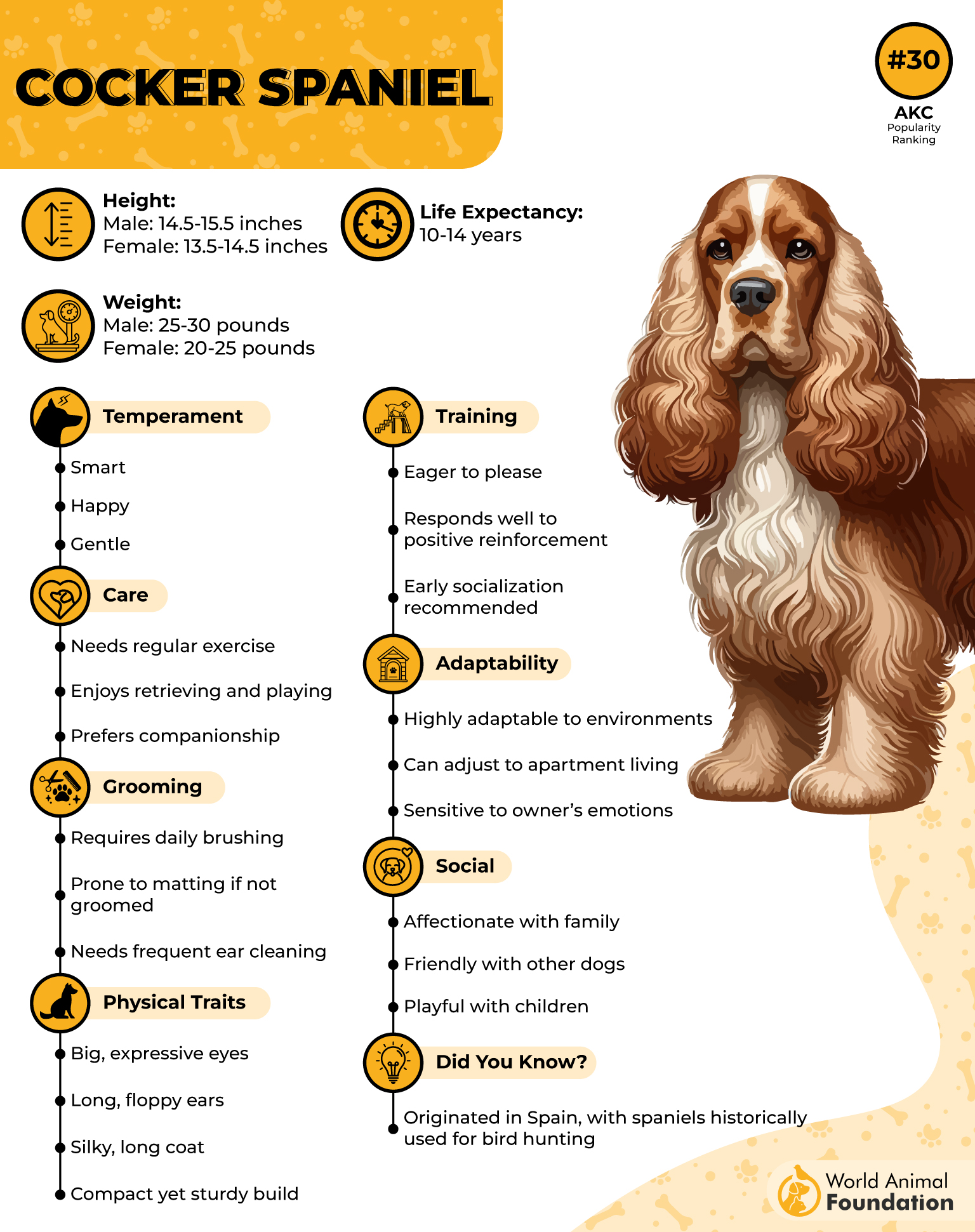
Another contributing factor to anxiety in Cocker Spaniels is their susceptibility to health issues, particularly ear infections. Chronic discomfort can exacerbate anxiety, leading to increased stress responses and behavioral issues. Regular ear care and veterinary check-ups are essential to prevent anxiety-driven behaviors linked to health concerns.
Providing physical and mental stimulation is key to keeping a Cocker Spaniel’s anxiety levels in check. Daily exercise, playtime, and obedience training can prevent anxiety and help them feel more secure. Without proper engagement, they may develop barking or other signs of stress.
For pet owners looking for a loving and affectionate companion, the Cocker Spaniel is an excellent choice. However, they require early socialization, routine, and companionship to prevent their anxious tendencies from becoming overwhelming. With proper care, they can be loyal, well-adjusted furry friends who bring joy to their families.
Conclusion
Owning a high-anxiety dog comes with its fair share of challenges, but it also brings an incredible opportunity to form deep, unbreakable bonds. Whether it’s the intelligent Border Collie, the loyal German Shepherd, or the energetic Jack Russell Terrier, these breeds may be prone to stress, but they are also some of the most affectionate and devoted companions a pet owner could ask for.
Their sensitivity isn’t a weakness—it’s a testament to their emotional depth and connection with their human family members. While some breeds require constant mental stimulation, others need gentle reassurance and consistent training to manage their anxious behaviors.
From Chihuahuas who crave companionship to Vizslas that stick to their owners like glue, each dog has its own way of expressing love and loyalty. Understanding their needs is the key to helping them thrive and ensuring they feel safe and secure.
If you’re thinking of bringing home an anxious breed, remember—patience, training, and a whole lot of love go a long way. These dogs may require extra attention, but in return, they offer unmatched devotion and companionship. With the right care, their anxiety-driven behaviors can transform into confidence and trust, making them the most rewarding furry friends.
So, whether you already have an anxious pup or are considering one, embrace their quirks, celebrate their strengths, and give them the support they need. Because at the end of the day, a little extra love is all it takes to turn an anxious dog into a happy, tail-wagging best friend.


